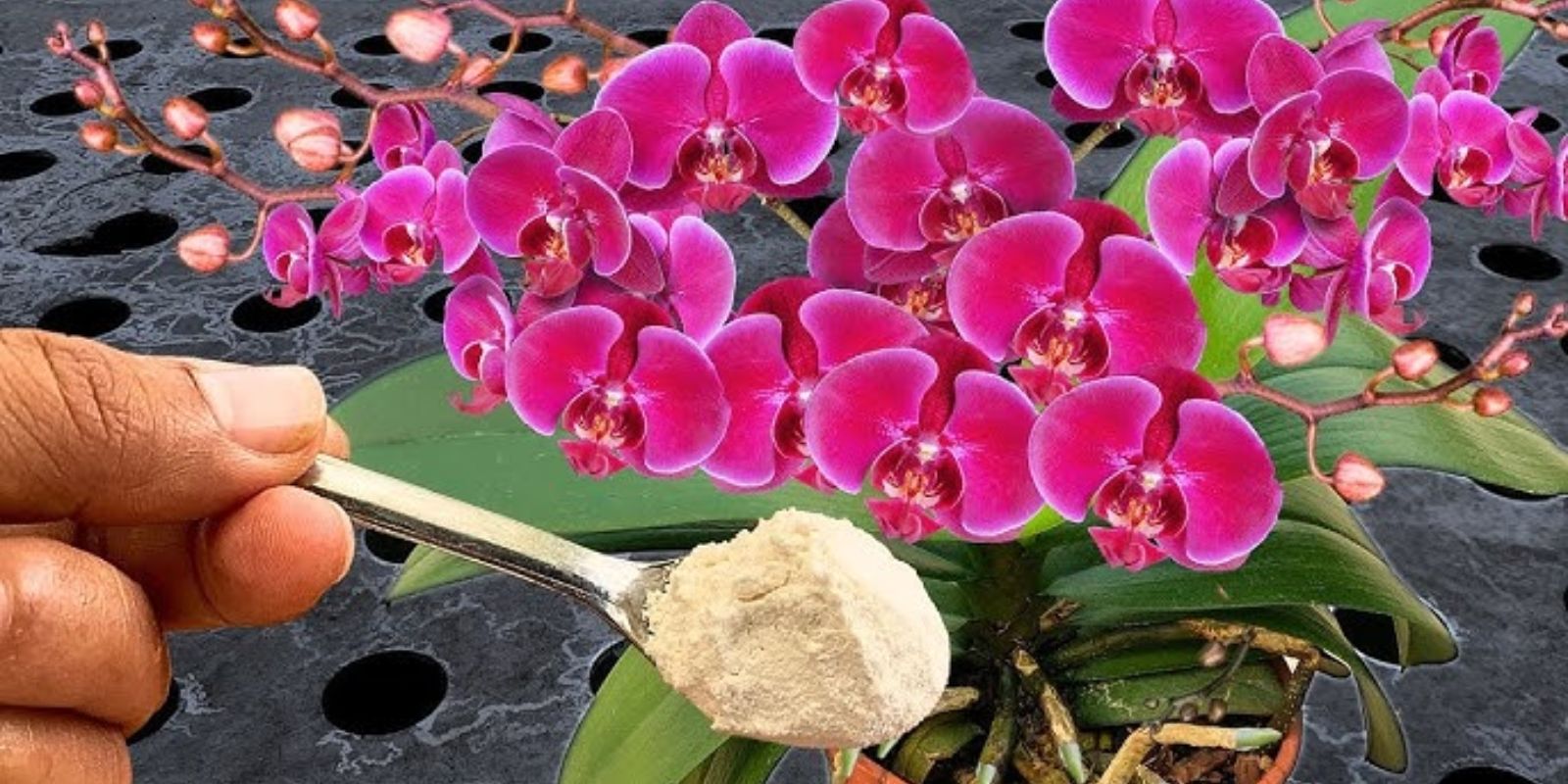Gardening is as much an art as it is a science. The secret to achieving breathtaking flower blooms lies not only in careful planning and regular care but also in the subtle use of natural, hidden fertilizers that many gardeners overlook. These hidden fertilizers are often found right in your kitchen or garden and can make a significant difference in the health and vibrancy of your flowers. In this guide, we’ll explore how to unlock the potential of these hidden fertilizers to make your flowers bloom like never before.
The Importance of Fertilizers in Flower Gardening
Fertilizers play a crucial role in providing plants with the essential nutrients they need to grow, thrive, and produce beautiful flowers. While commercial fertilizers are widely available and effective, they can sometimes be harsh on the environment and expensive. Natural fertilizers, on the other hand, are eco-friendly, cost-effective, and often readily available in your home. These organic options not only enrich the soil but also promote sustainable gardening practices.
1. Banana Peels: A Potassium Powerhouse
Why It Works:
Banana peels are rich in potassium, a vital nutrient that strengthens plants, enhances flower color, and improves overall plant health. Potassium helps regulate water movement in plants, making it easier for them to absorb nutrients and stay hydrated.
How to Use It:
To harness the power of banana peels, simply bury them in the soil around your flowers. As they decompose, they release potassium slowly into the soil, providing a consistent supply of nutrients to your plants. You can also blend banana peels into a puree and water your plants with the mixture for a quicker nutrient boost.
Benefits:
The slow release of potassium not only strengthens your plants but also improves their resistance to pests and diseases. This simple method can lead to more vibrant, colorful blooms that last longer.
2. Coffee Grounds: The Nitrogen Boost
Why It Works:
Coffee grounds are an excellent source of nitrogen, a nutrient essential for plant growth and the development of lush, green foliage. Nitrogen is particularly important during the early stages of growth, setting the foundation for healthy flowering later on.
How to Use It:
After brewing your morning coffee, save the used coffee grounds and sprinkle them around the base of your flowering plants. You can also mix them into your compost pile for a richer, more balanced compost. Be sure to use coffee grounds in moderation, as too much nitrogen can lead to excessive foliage growth at the expense of flowers.
Benefits:
Using coffee grounds helps to acidify the soil slightly, which is beneficial for acid-loving plants like roses, azaleas, and rhododendrons. The added nitrogen supports healthy, vigorous plant growth, leading to more abundant and vibrant blooms.
3. Eggshells: The Calcium Source
Why It Works:
Eggshells are packed with calcium, an essential nutrient that strengthens cell walls and prevents blossom end rot in plants. Calcium deficiency can lead to weak stems, poor flower development, and various plant diseases.
How to Use It:
Collect eggshells, rinse them to remove any residue, and allow them to dry. Once dry, crush the shells into a fine powder using a mortar and pestle or a blender. Mix the powdered eggshells into the soil around your plants or add them to your compost. This method ensures a slow release of calcium into the soil.
Benefits:
Calcium from eggshells helps to build strong cell walls, resulting in sturdier plants that can support larger, more vibrant blooms. This natural supplement also helps to maintain the soil’s pH balance, promoting a healthier growing environment.
4. Epsom Salt: The Magnesium Marvel
Why It Works:
Epsom salt is a natural source of magnesium, a nutrient that plays a crucial role in photosynthesis and the production of chlorophyll. Magnesium helps plants to absorb other essential nutrients more effectively, leading to healthier, greener plants and more vibrant flowers.
How to Use It:
Dissolve one tablespoon of Epsom salt in a gallon of water and use it to water your plants once a month. For a more targeted approach, you can sprinkle Epsom salt directly into the soil around the base of your plants.
Benefits:
Magnesium from Epsom salt boosts chlorophyll production, leading to greener leaves and more efficient photosynthesis. This, in turn, results in healthier plants that are capable of producing more abundant and colorful flowers.
5. Wood Ash: The Potassium and Phosphorus Combo
Why It Works:
Wood ash from a fireplace or wood-burning stove is rich in potassium and phosphorus, two nutrients that are critical for flower development. Potassium helps with water regulation and disease resistance, while phosphorus is essential for root development and flower production.
How to Use It:
After cleaning out your fireplace, collect the cooled wood ash and sprinkle it lightly around your garden beds. Be cautious not to over-apply, as too much wood ash can raise the soil’s pH levels, making it too alkaline for some plants.
Benefits:
The combination of potassium and phosphorus in wood ash promotes strong root systems and supports the development of large, healthy flowers. This natural fertilizer is particularly beneficial for flowering plants that require a boost in bloom production.
Conclusion: A Natural Approach to Stunning Blooms
By incorporating these hidden fertilizers into your gardening routine, you can enhance the health and beauty of your flowers without relying on chemical-based products. These natural ingredients not only provide essential nutrients but also support sustainable gardening practices that are better for the environment and your garden’s long-term health.
Call to Action:
Try these natural, hidden fertilizers in your garden and watch your flowers bloom like never before! Whether you’re a seasoned gardener or just starting out, these tips will help you achieve a garden full of vibrant, stunning blooms. Share your results and tips with other gardening enthusiasts to inspire a community of eco-friendly, successful gardeners. 🌸

